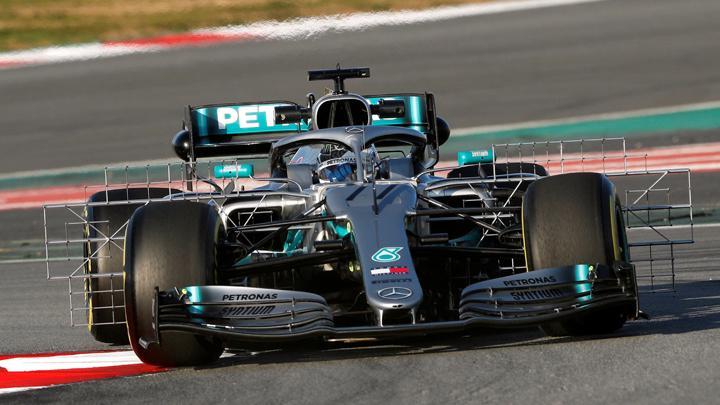

Chucking the rear of the car slightly outwards can help control the car upon corner turn-in, leading to a quicker point when you can apply the throttle and faster lap times. Now this entry doesn’t mean that you should be Tokyo drifting throughout every corner on the track, but these small rotations should be only just on the limit between grip and oversteer. The way he likes to use tyre pressures is mostly to the maximum pressure, with 2 clicks less on the front.

Patrik Sipos like the front suspension with a high front roll bar, but only works on most of the tracks available. Try different and opposite settings, and see what’s comfortable and fast. A good setup that suits you can change everything. See what works best for you, and work around that.Įwan Le Naour states that you should try to understand the behaviour of your car and see what changes you can feel the effects of when changing a setup. Ruben Vallejo mentions every setup will have a lot of differences in the wing and downforce, and Matthijs van Erven notes that setups are all about testing, testing, and testing. The ability to use a rivals setup and see what’s different to yours is incredibly understated, as if it feels comfortable, you’re able to use it for yourself within other sessions.
Imola f1 2021 setup trial#
Valentin Brüffer references Time Trial as a useful resource to try out setups if you’re uncomfortable with exploring its complicated nature.
Imola f1 2021 setup how to#
Lean the car setup optionsĪlmost everyone mentioned the importance of setups, and how to find one that’s right for yourself. You should hold the brake as long as possible to rotate the car into a corner, so handling understeer is a lot more manageable. Jonas mentions that it’s really important to trail brake into certain corners. This is one of the most important techniques in racing, as it is worth a lot of lap time when perfected. As a general rule, do your hardest braking at the start of a braking zone when you have the most grip and downforce, then when you begin to approach the apex and start to win lock on, start to release the brake in a smooth and controlled manner, allowing the car to rotate naturally into the corner. In Lucas’ words, trail braking allows you to unlock extra lap time under braking. Simply put, trail braking involves balancing the brake pedal into and through the corners, leading to better car control and faster speed through a turn. Lucas Blakely and Jonas Rütten both brought up the importance of trail braking.

Lucas recommends trying out different setups and strategies before a league race, so you can maximise the perfect strategy before the lights go out. It allows a more competitive and safer environment to race in, and also keeps you motivated throughout a season to push and practice more than you usually would. Leagues allow you to learn so much more than just racing others. Find out what you’re comfortable with, and how beneficial it has been for your races.Īll this practice will soon apply to the best place to learn, league racing. Try out starting on the hard compound tyre and then switching to softs later on, or maybe even try adding extra fuel and pushing to the maximum for as many laps as possible. Read the cars ahead, find out the best place to overtake, and use this information to your advantage for future races.Īs for longer length lobbies such as 25 per cent distance, these are best to test out different strategies on each track. The number of laps means you’re able to push your car to the absolute limits and perfect your racecraft. Ewan Le Naour mentions how important their usage is, as jumping into a session that contains five laps is a good way to learn how to fight against other drivers. When it comes to learning racecraft, the absolute best way is through multiplayer lobbies. Train in multiplayer lobbies for league races Ruben recommends keeping the differential to 90 or 95 for slower corners, and Lucas states the differential can help improve traction or rotation on the throttle, improving the overall balance in the car.

This provides traction for both wheels, useful when exiting a corner. An open differential means the rear tyres are freely available to turn at different speeds, which is ideal for a long corner, whereas a closed differential locks the rear tyres together at the same speed. Lucas mentions the bias can be used to rotate or stabilise the car going into a corner, depending on if it is front or rearwards, and Ruben recommends keeping the bias towards the rear settings as it is generally quicker but requires a deft touch.Īs for the differential, this setting unlocks or locks the axle power delivered to the rear wheels.


 0 kommentar(er)
0 kommentar(er)
